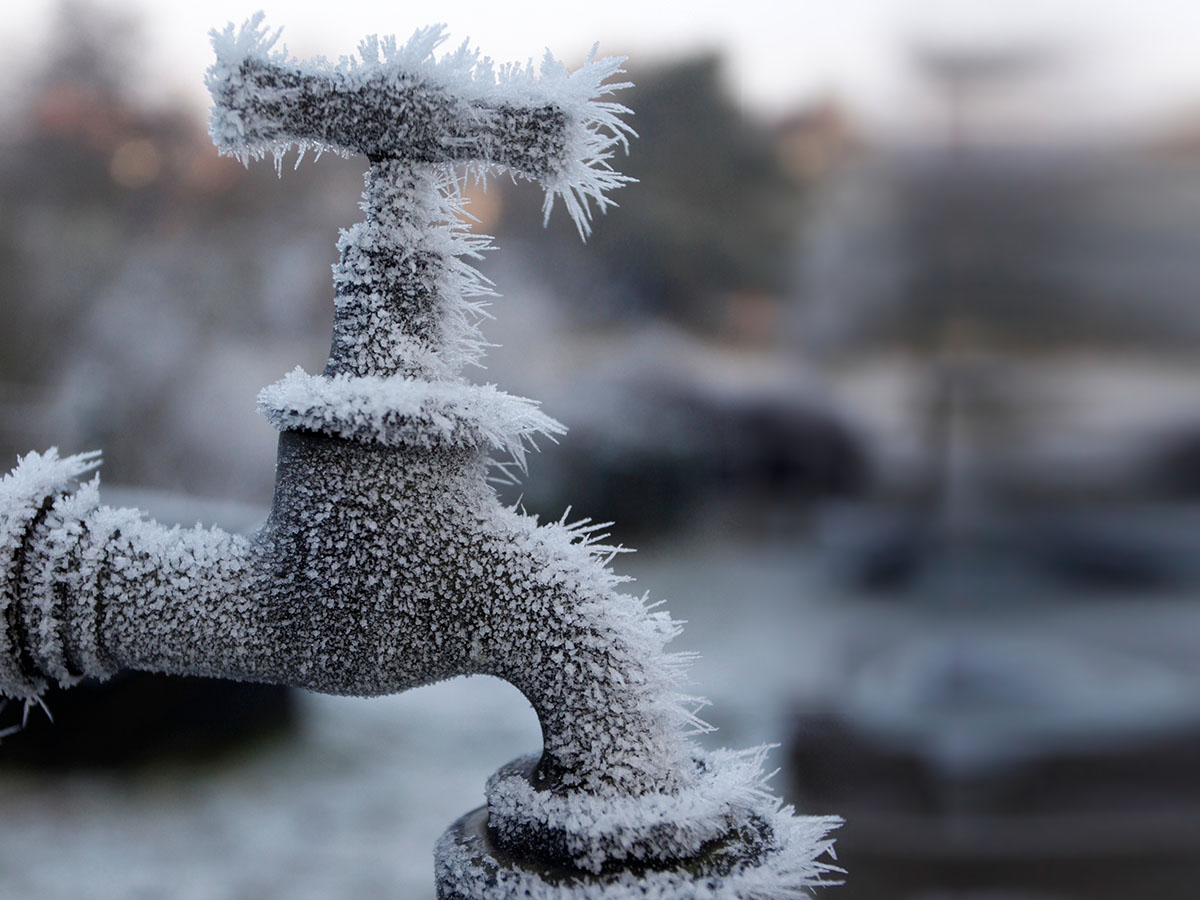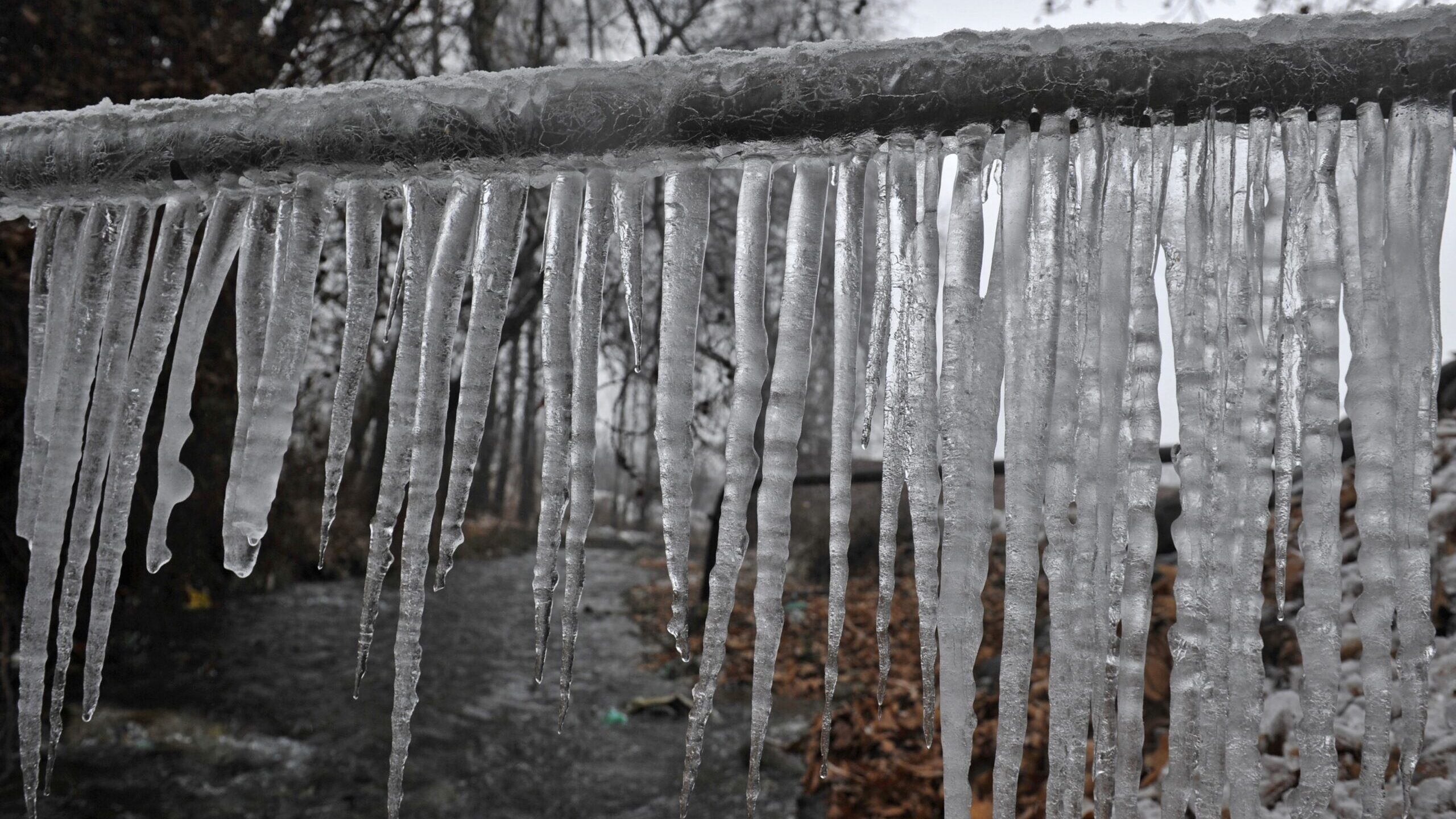Avoiding Frozen Plumbing in Winter: Expert Strategies
Avoiding Frozen Plumbing in Winter: Expert Strategies
Blog Article
They are making a few good pointers on Preventing and dealing with frozen pipes as a whole in this great article on the next paragraphs.

Winter can ruin your pipes, particularly by freezing pipelines. Right here's how to avoid it from taking place and what to do if it does.
Introduction
As temperatures drop, the danger of icy pipes increases, potentially causing pricey repair services and water damage. Recognizing exactly how to prevent frozen pipes is important for property owners in chilly climates.
Avoidance Tips
Insulating susceptible pipelines
Wrap pipes in insulation sleeves or use warm tape to protect them from freezing temperature levels. Focus on pipelines in unheated or external areas of the home.
Home heating techniques
Maintain interior areas appropriately warmed, specifically locations with pipes. Open closet doors to allow warm air to distribute around pipes under sinks.
How to recognize frozen pipelines
Try to find decreased water circulation from faucets, uncommon odors or sounds from pipes, and noticeable frost on subjected pipes.
Long-Term Solutions
Architectural adjustments
Think about rerouting pipelines far from outside wall surfaces or unheated areas. Add additional insulation to attics, basements, and crawl spaces.
Upgrading insulation
Buy top quality insulation for pipes, attic rooms, and wall surfaces. Appropriate insulation assists maintain constant temperature levels and minimizes the risk of icy pipelines.
Shielding Outside Plumbing
Yard hose pipes and outdoor taps
Disconnect and drain pipes garden tubes before winter. Set up frost-proof spigots or cover outside taps with protected caps.
Recognizing Frozen Pipelines
What creates pipes to ice up?
Pipelines freeze when subjected to temperature levels below 32 ° F (0 ° C) for prolonged durations. As water inside the pipes ices up, it increases, taxing the pipeline walls and possibly triggering them to burst.
Risks and problems
Icy pipelines can lead to water supply disturbances, home damages, and expensive repair services. Burst pipes can flooding homes and create considerable architectural damages.
Indications of Frozen Pipes
Identifying icy pipes early can avoid them from rupturing.
What to Do If Your Pipes Freeze
Immediate activities to take
If you presume frozen pipelines, keep taps available to alleviate stress as the ice thaws. Use a hairdryer or towels soaked in hot water to thaw pipes slowly.
Conclusion
Avoiding icy pipes calls for positive actions and quick feedbacks. By understanding the reasons, indicators, and preventive measures, house owners can protect their plumbing during cold weather.
5 Ways to Prevent Frozen Pipes
Drain Outdoor Faucets and Disconnect Hoses
First, close the shut-off valve that controls the flow of water in the pipe to your outdoor faucet. Then, head outside to disconnect and drain your hose and open the outdoor faucet to allow the water to completely drain out of the line. Turn off the faucet when done. Finally, head back to the shut-off valve and drain the remaining water inside the pipe into a bucket or container. Additionally, if you have a home irrigation system, you should consider hiring an expert to clear the system of water each year.
Insulate Pipes
One of the best and most cost-effective methods for preventing frozen water pipes is to wrap your pipes with insulation. This is especially important for areas in your home that aren’t exposed to heat, such as an attic. We suggest using foam sleeves, which can typically be found at your local hardware store.
Keep Heat Running at 65
Your pipes are located inside your walls, and the temperature there is much colder than the rest of the house. To prevent your pipes from freezing, The Insurance Information Institute suggests that you keep your home heated to at least 65 degrees, even when traveling. You may want to invest in smart devices that can keep an eye on the temperature in your home while you’re away.
Leave Water Dripping
Moving water — even a small trickle — can prevent ice from forming inside your pipes. When freezing temps are imminent, start a drip of water from all faucets that serve exposed pipes. Leaving a few faucets running will also help relieve pressure inside the pipes and help prevent a rupture if the water inside freezes.
Open Cupboard Doors
Warm your kitchen and bathroom pipes by opening cupboards and vanities. You should also leave your interior doors ajar to help warm air circulate evenly throughout your home.

As an enthusiastic reader on How To Avoid Freezing Pipes, I assumed sharing that article post was smart. Sharing is nice. Helping people is fun. Thanks for being here. Please visit our website back soon.
Book Appointment Report this page